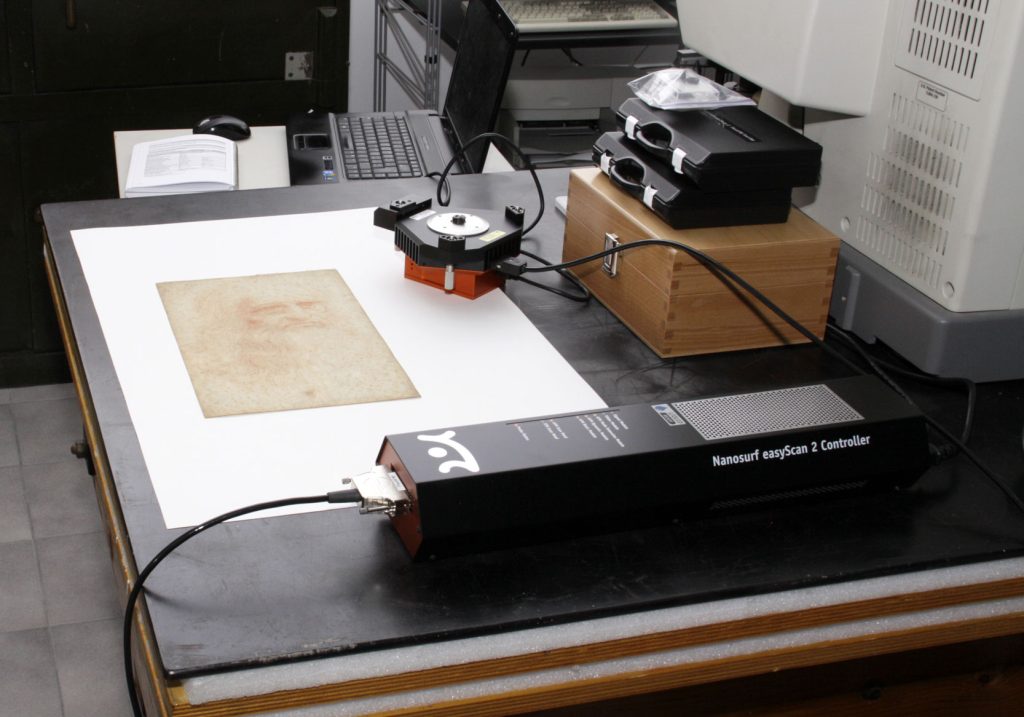Ultimo aggiornamento 5 July 2023

Applied research
Projects in progress
– Evaluation of the colorimetric spot tests proposed by Lina Falcao Maria Araujo in their articles Tannins characterization in historic leathers by complementary analytical techniques ATR-FTIR, UV-Vis and chemical tests and Tannins Characterization in New and Historic Vegetable Tanned Leather Fibers by Spot Tests to identify the tanning method (vegetable, alum, chrome, etc.) on ancient hides and skins. In the case of vegetable tanning, determine the chemical class of the tannins used (hydrolysable tannins divided into gall and ellagitannins, condensed tannins) and, if possible, the plant species (gal nut, sumac, oak or chestnut wood, etc). For the experimentation, leathers and tannic extracts were used, kindly supplied by the Silvateam company of Cuneo.
– Removal or attenuation of brown rust stains containing iron in its two values (+2 and +3) on paper products. Experimentation of the reducing agent TBAB, of the complexing agents EDTA (at different pH values) and of calcium phytate. Evaluation of efficacy and side effects immediately and over time.
– Expansion of the database of optical microscope images of fibrous pulps of papers with known composition.
– Expansion of the database of macroscopic images of the follicular arrangement of parchments and leathers of which the animal of origin is known. For the parchment, the images will be evaluated in the different areas of the skin (back, shoulders, tail, sides, etc).
The database will allow to determine the animal on historical samples by comparing the images.
Diagnostic investigations on works of high cultural value
- Parchment rolls Exultet 1, 2, 3 and Benediction conserved in the Diocesan Museum of Bari.
- Ottavio Pisani’s astrology book from 1613 kept in the Casanatense Library.
- Leonardo da Vinci’s drawings and “Code of Flight”.
- Papyrus of Artemidorus.
- Evaluation of Korean cards for Hanji restoration.
Support to the SAF
In addition to the theoretical lessons, in the past year and in the first months of 2020 the following were examined:
- Parchments with seals of the Metropolitan Chapter conserved by the Archival and Bibliographic Superintendence of Puglia and Basilicata, subject of exercises for fourth year students.
- Artifacts object of five degree theses (Globe of the National Physics Institute of Sapienza, Chinese book of the Casanatense Library, Book of Psalms kept at the Abbey of Grottaferrata, Herbarium kept at the “Sapienza” University of Rome, Cinematographic films of the Istituto Luce).
Scientific collaborations in progress
Use of essential oils and hydrosols support

